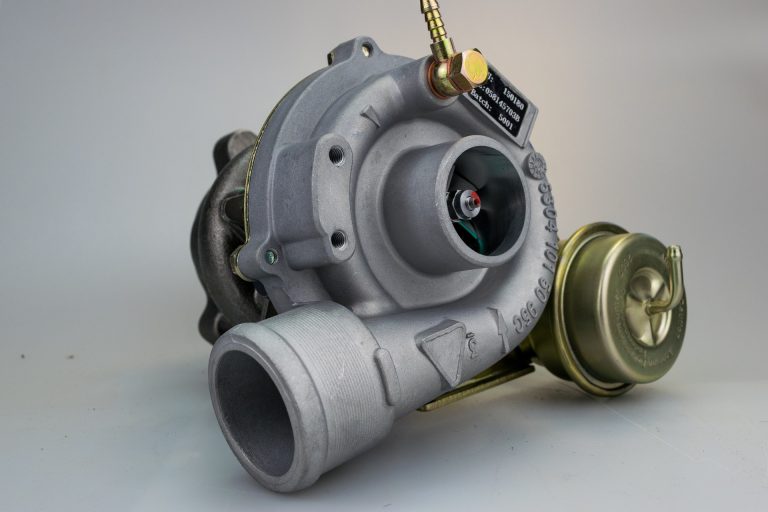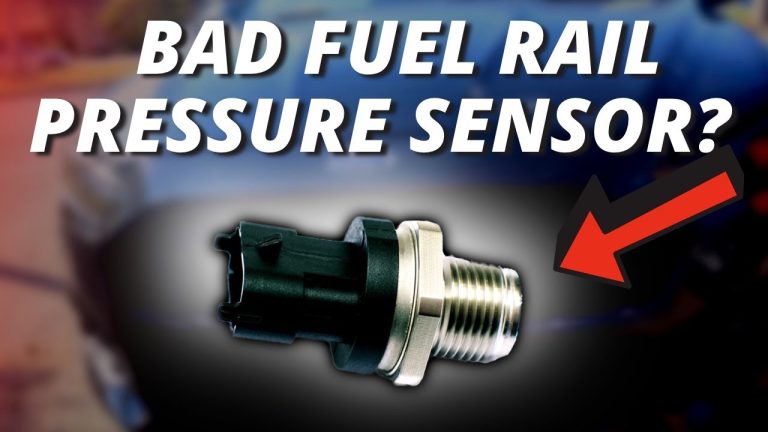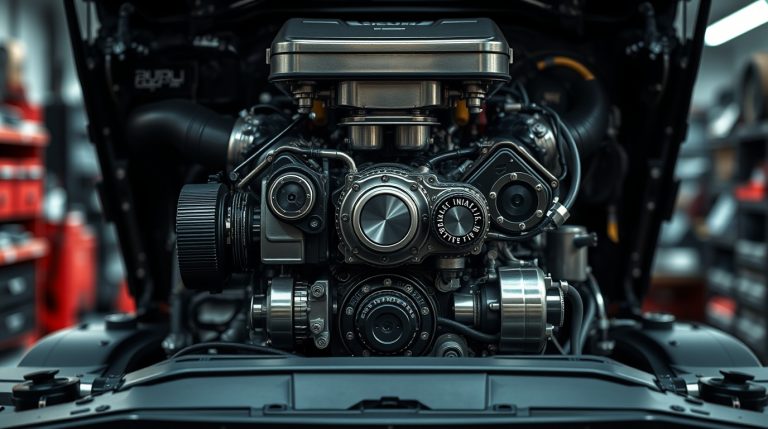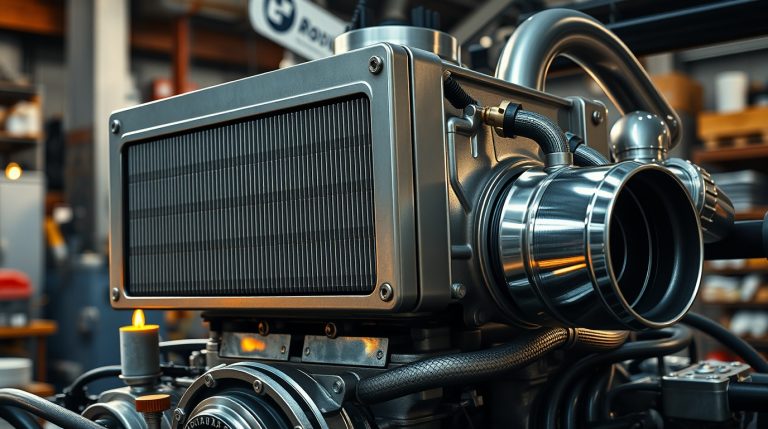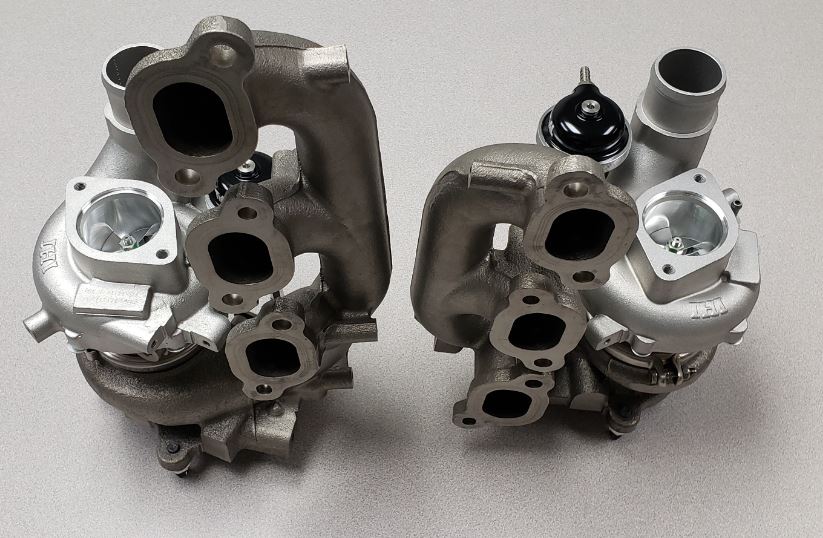
The turbocharger is one of the most critical components in modern diesel and gasoline engines, designed to enhance performance, improve fuel efficiency, and reduce emissions. But how do you “read” your turbocharger? Understanding its function, recognizing signs of trouble, and learning how to interpret its performance can help you keep your engine running smoothly and avoid costly repairs. In this guide, we’ll break down everything you need to know about reading your turbocharger.
What Does a Turbocharger Do?
Before diving into how to read your turbocharger, let’s review its role in your engine. A turbocharger compresses air and forces it into the combustion chamber, allowing more oxygen to mix with fuel. This process increases power output without significantly increasing engine size or fuel consumption.
Key benefits of a turbocharger include:
- Improved engine performance
- Enhanced fuel efficiency
- Reduced emissions
However, like any mechanical component, turbochargers can fail if not properly maintained or monitored. Learning how to “read” your turbocharger—by understanding its behavior and symptoms—can help you catch issues early.
How to Read Your Turbocharger’s Performance
To effectively monitor your turbocharger, you need to understand its key indicators of performance. Here are some ways to assess whether your turbocharger is functioning as it should:
1. Boost Pressure
Boost pressure is the amount of compressed air the turbocharger delivers to the engine. Monitoring boost levels can provide valuable insights into turbocharger health.
- Tools to Use: A boost pressure gauge can help you measure the turbocharger’s output. Low boost pressure may indicate a failing turbocharger, while excessive boost could point to overboost conditions.
- Normal Range: Check your vehicle’s specifications for the ideal boost pressure range. Deviations from this range often signal problems.
2. Exhaust Smoke
The color and density of exhaust smoke can reveal a lot about your turbocharger’s condition.
- Blue Smoke: Indicates oil leaking into the combustion chamber, often caused by worn seals or gaskets.
- Black Smoke: Suggests unburned fuel due to improper air-fuel mixing, which can result from a malfunctioning turbocharger.
- White Smoke: May indicate coolant entering the combustion chamber, though this is less common with turbocharger issues.
3. Engine Power
A healthy turbocharger ensures consistent power delivery. If you notice sluggish acceleration, reduced towing capacity, or difficulty climbing hills, your turbocharger may be underperforming.
4. Unusual Noises
Pay attention to any unusual sounds coming from the turbocharger. Whistling, squealing, or grinding noises often indicate problems such as a damaged impeller, leaks in the intake or exhaust system, or bearing failure.
5. Oil Leaks
Inspect the turbocharger housing and surrounding components for oil leaks. These leaks are often caused by worn seals or gaskets and can lead to further damage if not addressed promptly.
Common Warning Signs of Turbocharger Issues
If your turbocharger is struggling, it will likely display one or more of the following warning signs:
1. Loss of Power
One of the most noticeable symptoms of turbocharger failure is a significant drop in engine power. You may find it difficult to accelerate or maintain speed, especially under load.
2. Check Engine Light Illuminated
Modern vehicles are equipped with sensors that monitor turbocharger performance. If the ECU detects irregularities, it will trigger the Check Engine Light and store diagnostic trouble codes (DTCs) such as P0299 (underboost) or P0234 (overboost).
3. Excessive Exhaust Smoke
As mentioned earlier, changes in exhaust smoke color or density can indicate turbocharger problems. Pay close attention to any unusual smoke patterns.
4. Oil Consumption
If your vehicle is consuming more oil than usual, it could be a sign of a leaking turbocharger seal. This issue can lead to oil entering the combustion chamber or exhaust system.
5. Delayed Throttle Response
Turbo lag—the delay between pressing the accelerator and feeling the turbocharger kick in—is normal to some extent. However, excessive lag or hesitation may indicate a problem with the turbocharger or its associated components.
How to Diagnose Turbocharger Problems
If you suspect your turbocharger is failing, here are some steps to diagnose the issue:
- Scan for Error Codes: Use an OBD-II scanner to retrieve diagnostic trouble codes related to turbocharger performance.
- Inspect for Physical Damage: Check the turbocharger housing, hoses, and connections for signs of wear, leaks, or damage.
- Test Boost Pressure: Use a boost pressure gauge to measure the turbocharger’s output and compare it to the manufacturer’s specifications.
- Listen for Unusual Noises: Pay attention to any whistling, squealing, or grinding sounds during operation.
- Check Oil Levels and Quality: Ensure the engine has adequate oil and that the oil is clean and free of contaminants.
Tips for Maintaining Your Turbocharger
Proper maintenance is key to extending the life of your turbocharger. Here are some tips to keep it in top condition:
- Use High-Quality Oil: Clean, high-quality oil reduces the risk of contamination and ensures proper lubrication.
- Perform Regular Inspections: Check the turbocharger and its components during routine maintenance to catch potential issues early.
- Allow Proper Cool-Down Time: After driving, let the engine idle for a minute or two before turning it off. This allows the turbocharger to cool down and prevents oil coking.
- Replace Worn Components: Replace gaskets, seals, and oil lines as needed to prevent leaks and ensure optimal performance.
Conclusion
Understanding how to “read” your turbocharger is essential for maintaining your vehicle’s performance and avoiding costly repairs. By monitoring boost pressure, exhaust smoke, engine power, and other indicators, you can catch problems early and address them before they escalate. Whether you’re diagnosing an issue or performing routine maintenance, paying attention to your turbocharger can save you time and money in the long run.
Have questions about turbocharger performance or need advice on replacements? Leave a comment below—we’re here to help! Or visit our homepage for more info.
Disclaimer: Always consult a professional mechanic if you’re unsure about diagnosing or repairing complex components like the turbocharger.

